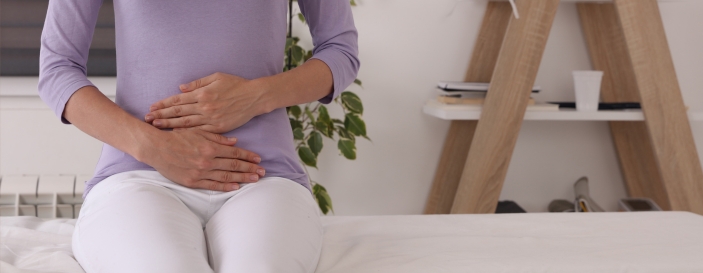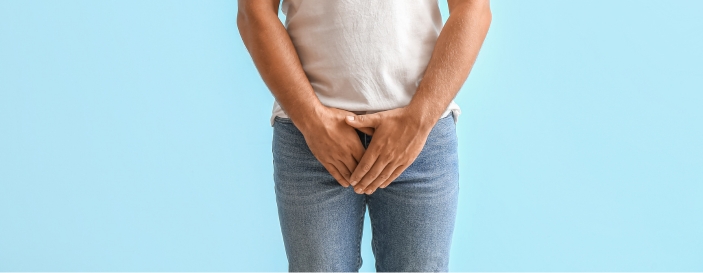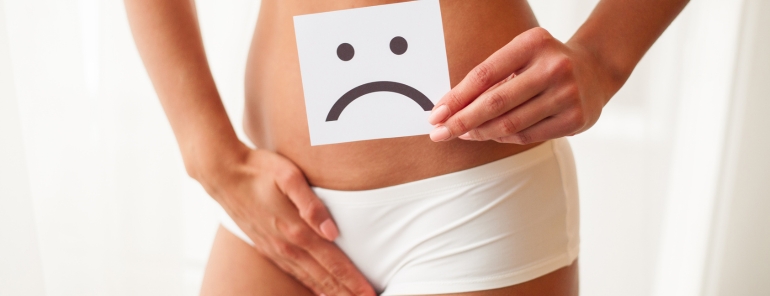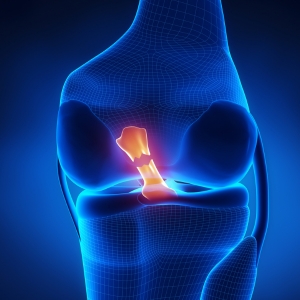Urinary leakage is actually more common than what you would have expected. The social stigma associated with urinary leakage and the embarrassment means people are reluctant to seek help, creating an unmet need in men and women alike. Left untreated, urinary leakage can cause social withdrawal, isolation and even depression.
Types of urinary leakage
In general, urinary incontinence can be classified into stress urinary incontinence or urgency urinary incontinence. These two types often co-exist, resulting in a mixed picture. Treatment is specific to a particular type therefore, it is important to differentiate and quantify the two types of urinary leakage.
Overactive Bladder
Overactive bladder (OAB) is a medical condition in which the bladder muscles are unable to stay relaxed. These unpredictable and unstable contractions lead to sense of urinary urgency, which is sometimes associated with urinary leakage.
What causes an overactive bladder?
OAB affects people of all ages, but it is more common in older adults and women. It affects millions of Americans, and roughly 15% of Hong Kong people aged over 40. Common causes of overactive bladder include:
· Infection. An infection in the urinary tract, can irritate the bladder nerves and cause the bladder to squeeze without warning. Fortunately, most symptoms resolve with proper treatment.
· Hormonal changes. Especially peri-menopause when oestrogen levels fluctuate.
· Nerve damage. Sometimes your body sends signals to your brain and bladder at the wrong time. Certain diseases and trauma can cause nerve damage, including pelvic or back surgery, radiation therapy, diabetes and neurological diseases such as Parkinson's or stroke.
· Caffeine. Caffeine in coffee, tea and coke stimulates the bladder, causing it to contract more often, resulting in increased frequency and urinary urgency.

Treatment for an overactive bladder
Many people put incontinence down to aging, accepting it and resigning themselves to using incontinence products. But there are many ways to manage an overactive bladder.
Lifestyle changes and bladder training
A significant proportion of people do well without having to take medication.
Measures like reducing caffeine intake, and changing the amount of water you drink and when, helps make the urinary urgency and frequency much more manageable.
Bladder training can also make a big difference. Through a structured programme, over time it can help to:
· Resist feelings of urgency
· Delay going to the bathroom
· Increase the average voided volume
Medication
Beta-3 agonists work by stimulating a particular neural receptor, which actively suppresses the overactivity of the bladder.
Anticholinergics work by blocking the action of acetylcholine, a chemical that is involved in muscle contraction.
Nerve stimulation
Posterior tibial nerve stimulation adopts the theory of acupuncture in Chinese Medicine. It involves placing an acupuncture needle around the ankle, sending small electrical impulses to a nerve branch. This can help to relax the muscles around the bladder and reduce urinary frequency. Many people need 12 weekly sessions and then monthly maintenance sessions afterward, this can be done as an outpatient procedure.
Botox injection to the bladder
Botulinum toxin injections are administered by an endoscope placed inside the bladder. This controlled dose of neurotoxin can help to relax the muscles around the bladder and reduce urinary frequency. This treatment can typically provide improvement for 6 to 9 months and if it works well, can be repeated regularly.

Stress-associated urinary leakage
The term ‘stress’ here is not related to emotional tension. Rather, it refers to occasions when there is an increase in abdominal pressure. Stress incontinence refers to the leakage of urine upon sneezing, coughing, laughing, lifting heavy things or exercising.
What causes stress urinary leakage?
· Pelvic floor weakness. Pregnancy and childbirth can stretch and weaken your pelvic muscles, thereby weakening its support to the urethra.
· Extra weight. Being overweight can put extra pressure and weight on your pelvic floor, which increases the downward movement of the urethra when you cough or sneeze.
· Hormonal changes. Especially post menopause when oestrogen levels drop.
Prevention of stress urinary leakage
Prevention is better than cure. Stress urinary leakage can actually be prevented. The pelvic floor is a muscular hammock which supports the weight of all abdominal organs and internal fat. Being overweight adds a lot of stress to the pelvic floor, and with time the pelvic floor will be stretched and weakened. Keeping a healthy body shape can effectively prevent stress incontinence.
Regardless of natural birth or Caesarean section, pregnancy itself stretches the pelvic floor by the sheer size and weight of the baby. Performing pelvic floor exercise (Kegel exercises) before and during the pregnancy helps to maintain the tone and strength of the pelvic floor, which enables the muscle hammock to support a growing baby. Many mothers forget to do pelvic floor muscle exercises after the delivery of the baby, which is understandable given the many other priorities. However, post-delivery is actually the golden period for the recovery of the stretched pelvic floor muscles, performing regular Kegel exercises in this period helps to tone-up the pelvic floor to better support the urethra.

Treatment for stress urinary leakage
Pelvic floor muscle exercise
Kegel exercises involve structured and gradated pelvic floor contraction in order to:
· Provide a quicker pelvic floor contraction in response to sneezing and coughing
· Increase the muscles of the pelvic floor in order to provide support to the urethra
Sling surgery
For patients with moderate to severe leakage, mid-urethral sling surgery can offer significant improvement. It works by providing support to the urethra, thereby reducing urethral mobility. The sling can either be taken from connective tissue around the patient’s abdominal muscles, or in the form of a synthetic tape. Medical advancements in the procedure have led to a high success rate with fewer side effects.
If you are concerned that you may have an overactive bladder or experiencing stress incontinence, talk to a doctor. With the right treatment, you can carry on with activities you like, without worrying about urinary leakage.
To arrange an appointment call 2537 7407.
Articles on this website are informative only and not intended to be a substitute for professional medical advice, diagnosis or treatment. They should not be relied upon for specific medical advice.

Information provided by:
Dr. KAN Wai Man, Raymond, Specialist in Urology






